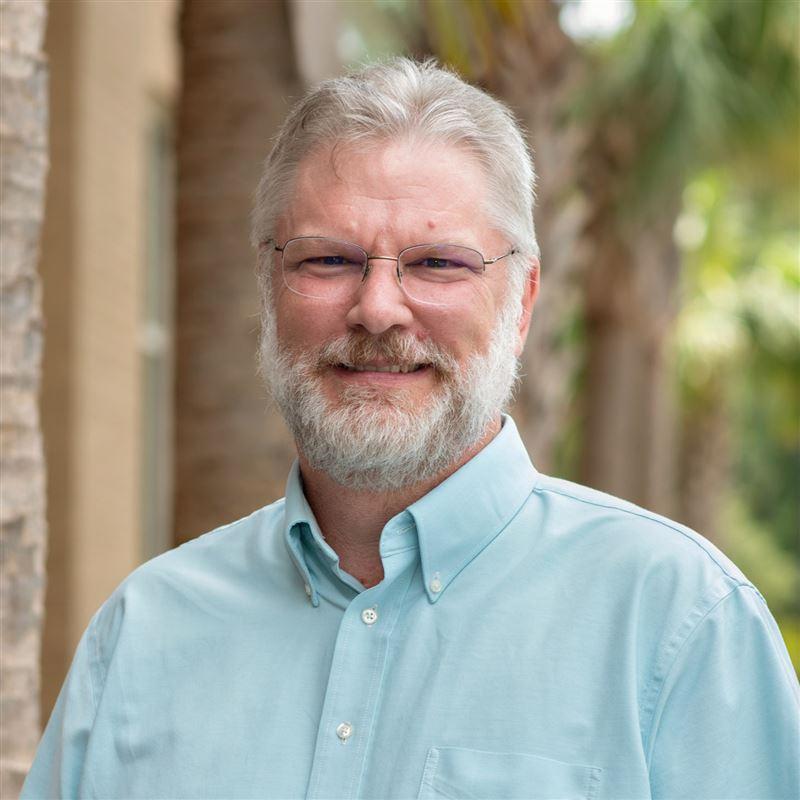Moving More People on Madison Street
The city of Seattle and its Department of Transportation are putting a 20-year transit master plan into action to respond to forecasts of tremendous growth in population and jobs. Part of that plan includes the implementation of seven new RapidRide lines as part of a partnership with King County Metro Transit, which operates transit in Seattle and its surrounding suburbs. CDM Smith is providing grant-writing support, traffic analysis and engineering design services for the first of those projects: a $120 million bus rapid transit (BRT) line running along Madison Street, a vital east-west high-capacity corridor that crosses Seattle’s downtown, multiple employment centers and densely populated neighborhoods.
Meeting Growth with Mobility
Madison Street is unique among Seattle thoroughfares. It is the only street to extend all the way across the city, from Elliott Bay on the west to Lake Washington on the east, cutting through the downtown core and acting as a conduit for commuters, residents and visitors to get to employment hubs, educational institutions, regional medical centers, tourist destinations and more. Madison Street also provides important links to the region’s transit network, including convenient transfers to existing regional rail, bus and ferry services.
According to the Puget Sound Regional Council’s 2014 “PSRC Land Use Targets Forecast, Maintenance Release 1” report, population and employment within a half mile of Madison Street are expected to increase by 32 percent and 47 percent, respectively, by 2035. Meeting the varied mobility needs of these residents, employees, patients and students poses clear challenges for the city’s transportation network—especially when combined with the reality that more than 25 percent of current transit trips on Madison are more than 5 minutes late and transit travel takes up to 67 percent longer than driving.
Recognizing these challenges, Seattle officials identified BRT as a solution to improving overall mobility in the dense and rapidly developing Madison Street corridor.
Better Busing with BRT
CDM Smith began working with Seattle on the Madison Street BRT project in 2016. The firm supported the development of National Environmental Protection Act documentation, a federal Small Starts grant application, ridership forecasting, traffic analyses and preliminary engineering services for the BRT, including roadway, station and related pedestrian, bicycle access and streetscape designs. CDM Smith is also supporting public outreach for the project.
The proposed system will operate along the corridor for 2.4 miles using a mix of center-running and side-running dedicated lanes as well as mixed-flow lanes. It will feature a diesel-powered fleet of five-door buses, which will benefit from traffic signal priority sensors to reduce delays at intersections along the constrained corridor. Additionally, the buses will be outfitted with special gears to climb Madison Street’s steep hills, which feature grades of up to 17 percent.
An estimated 64 percent of the BRT line will run in dedicated transit-only lanes, which are expected to reduce travel times for riders by 33 percent during peak hours—from 22.5 minutes one direction to 15 minutes. Buses are expected to arrive every 6 minutes on weekdays. The BRT project will improve travel time reliability by reducing the average travel time variation per trip from roughly 4 minutes down to 1 minute.
The project will feature 10 new station pairs, as well as a joint bus-and-streetcar station on the western end of the line that will serve more than 2 million transit riders each year. The BRT line will include amenities such as level-boarding, real-time transit arrival information, off-board fare collection, in-bus bicycle storage and weather protection.
Once complete and operational, the project will meet Seattle’s goals to improve multimodal connectivity and access, reduce congestion and provide affordable east-west mobility through some of the most congested areas of the city.













